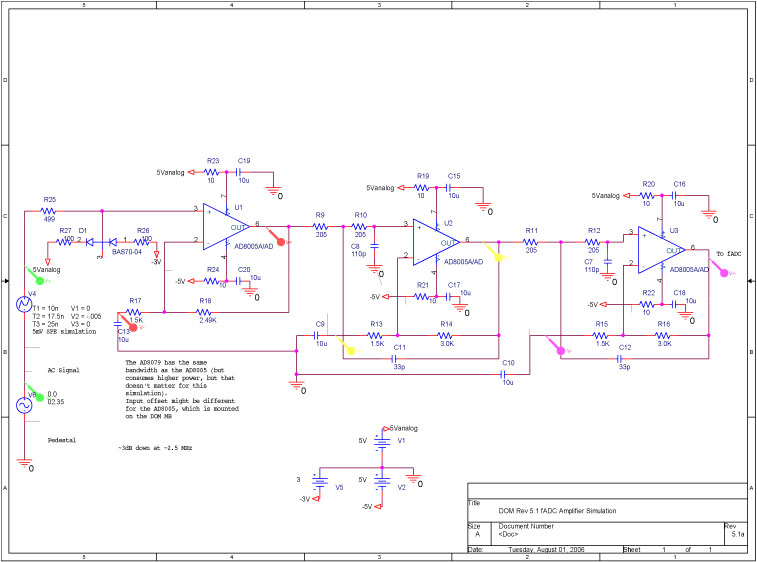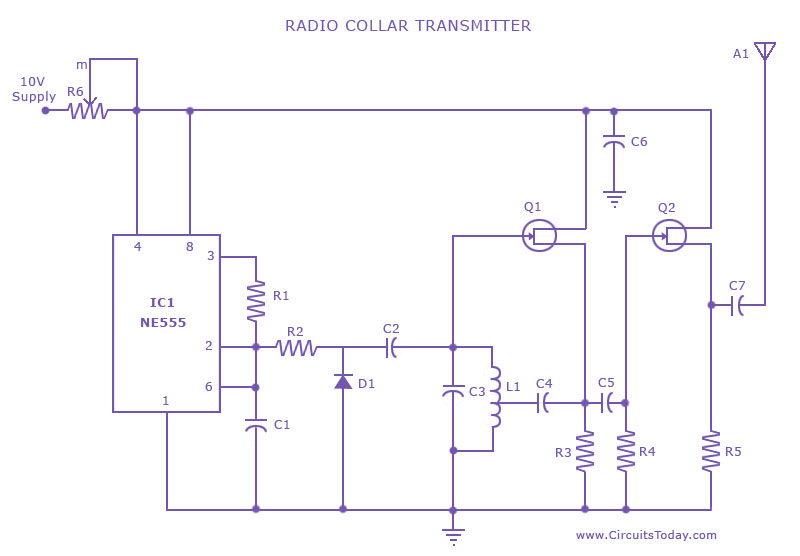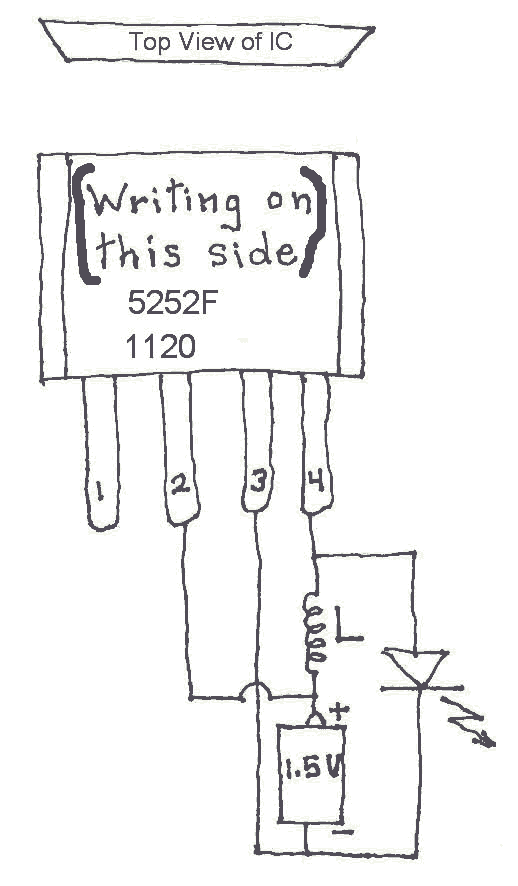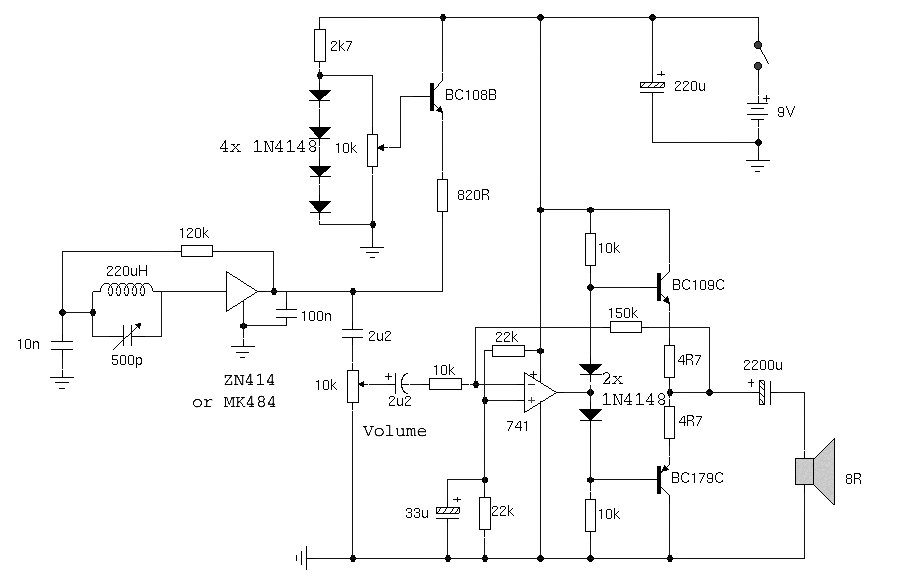
Agc System For Audio Signals Circuit

This circuit is an Automatic Gain Control (AGC) system designed for audio-frequency signals. AGC systems typically consist of three main components: an amplifier, a rectifier, and a controlled impedance. In this particular circuit, the functions of both the amplifier and the rectifier are combined into a single operational amplifier (op-amp), which simplifies the design and reduces costs. The rectifier is implemented using the output push-pull configuration of the op-amp along with resistors Rs, RL, and capacitor CB. A transistor (Q1) and diode (D1) are employed as a voltage-controlled resistance (Z). The input signal is processed through the combined impedance of Z and R, attenuated by a voltage divider, and then amplified by the op-amp by a factor of (1 + R2/R1). Capacitor C2 is used to filter out the influence of any DC bias voltage. Resistor R3 serves to protect Q1 and D1 from excessive current.
The AGC circuit operates by maintaining a consistent output level despite variations in the input signal amplitude. The operational amplifier is configured to amplify the input signal, while the rectifier section converts the amplified AC signal into a DC voltage that is proportional to the signal's amplitude. This DC voltage is then used to control the impedance of the transistor Q1 and diode D1, effectively adjusting the gain of the amplifier based on the input level.
The use of the voltage divider in the input stage allows for precise control over the input signal level before it reaches the op-amp, ensuring that the signal remains within the optimal range for amplification. The configuration of Rs, RL, and CB in the rectifier section is critical for achieving the desired response time and frequency characteristics of the AGC system. Capacitor C2 plays a vital role in stabilizing the circuit by removing any DC offset that could interfere with the operation of the AGC.
Overall, this AGC circuit design is advantageous for audio applications where maintaining a uniform output level is essential, such as in radio transmitters, audio processing equipment, and communication systems. The integration of the amplifier and rectifier into a single op-amp simplifies the design and enhances reliability while maintaining cost-effectiveness. This circuit is an AGC system for audio-frequency signals. AGC systems usually consist of three parts: an amplifier, rectifier, and controlled impedance. In this circuit the functions of an amplifier and a rectifier are performed by a single op amp. This makes the system simple and cheap.The rectifier is made with the output push-pull cascade of the op amp and Rs, RL, and CB. The transistor Ql and D1 are used as a voltage-controlled resistance (Z). The input signal is (Z + R^/Z times, diminished by the voltage divider and 1 + R2/Ri times, amplified by the op amp. C2 eliminates influence of dc bias voltage. R3 protects Ql and D1 from excessive current.
The AGC circuit operates by maintaining a consistent output level despite variations in the input signal amplitude. The operational amplifier is configured to amplify the input signal, while the rectifier section converts the amplified AC signal into a DC voltage that is proportional to the signal's amplitude. This DC voltage is then used to control the impedance of the transistor Q1 and diode D1, effectively adjusting the gain of the amplifier based on the input level.
The use of the voltage divider in the input stage allows for precise control over the input signal level before it reaches the op-amp, ensuring that the signal remains within the optimal range for amplification. The configuration of Rs, RL, and CB in the rectifier section is critical for achieving the desired response time and frequency characteristics of the AGC system. Capacitor C2 plays a vital role in stabilizing the circuit by removing any DC offset that could interfere with the operation of the AGC.
Overall, this AGC circuit design is advantageous for audio applications where maintaining a uniform output level is essential, such as in radio transmitters, audio processing equipment, and communication systems. The integration of the amplifier and rectifier into a single op-amp simplifies the design and enhances reliability while maintaining cost-effectiveness. This circuit is an AGC system for audio-frequency signals. AGC systems usually consist of three parts: an amplifier, rectifier, and controlled impedance. In this circuit the functions of an amplifier and a rectifier are performed by a single op amp. This makes the system simple and cheap.The rectifier is made with the output push-pull cascade of the op amp and Rs, RL, and CB. The transistor Ql and D1 are used as a voltage-controlled resistance (Z). The input signal is (Z + R^/Z times, diminished by the voltage divider and 1 + R2/Ri times, amplified by the op amp. C2 eliminates influence of dc bias voltage. R3 protects Ql and D1 from excessive current.





